October 22, 2012
Last Monday I gave you the peso tour of our pad. I look forward to sharing more of it with you as we settle into a rhythm, get to know our landscape and set about making it our own.
This week, I’d like to show you around the neighborhood, give you a taste of what we experience day-to-day and attempt to convey the uniqueness of being us and living here.
We live in the Tulum pueblo, meaning the town portion of Tulum as opposed to the beach or the jungle. A google search for Tulum’s history yields dozens of accounts of the ancient Maya, their walled fortress overlooking the ocean and their part in a complex interMayan trading system (all fascinating stuff) but virtually nothing regarding its recent history as beach town, and for good reason. Thirty years ago, this town didn’t even exist beyond a few thatched palapas along the water known only to the most adventuresome backpackers. Even nine years ago (the first time we came) there was little more here than a small grocery, a handful of local dives and a few bohemian beach hostels.
Things are changing. Though still very much a small town, Tulum is now home to some 20,000 people and its estimated growth is expected to be rapid and substantial.
Our slice of paradise is in a relatively low-income, pura mexicana part of town, which in this case means we stand out both racially and economically.
This is a first for us, as even in San Cristóbal we were able to blend in somewhat amidst the many (predominately European) travelers and expats. (There are plenty of those here as well, but most are either passing through or also live behind walls.)
The majority of jobs are service industry positions, with most of the serving being done by the locals (at fancy resorts from here to Cancun) and those served being the foreigners of relative affluence. This creates an interesting vibe and a totally different type of oppression than what we saw in the sustenance farming villages of Chiapas.
How to describe our hood? Better just to show you first. Many of the houses look something like this…
or this…
The elements are super intense here and will decay a wooden house quickly. Families with a little more means generally build with concrete…
Peppered amongst common homes are occasional suggestions of a different level of financial prosperity, though flowers can be deceiving…
As for the realities I’d really like to show you (namely the everyday lives of our neighbors), I’ve not yet earned the right to capture them photographically, I don’t care to stand out any more than necessary (or risk insulting someone) by attempting photos on the sly and I’ve already learned my lesson with regards to the value of sharing experiences with locals as opposed to documenting them.
So, I’ll describe them instead. Your imagination is capable of more than my camera anyway.
The Charms of Our Neighborhood
- Everything is alive — from iguanas and five-inch butterflies (who’ve managed to keep from being framed) to dragon fruit scaling walls with no hope of escape given the dozens of legged species simultaneously awaiting their optical announcement of optimal flavor.
- I am surrounded by mamas. Mamas walking, unhurried and clearly proud of the tiny ones toddling at their sides, mamas hanging hand-washed clothes in the brightest bleaching sun. Mamas swatting the behinds of disobedient babes who run into the street, then scooping them up to eye level for reminders of boundaries and a hug of forgiveness. Mothers with empanadas on their plates, a precious few pesos in their aprons and Lord knows what struggles on their minds. Mamas with their mamas and their sisters and their cousins and in-laws and friends and a few likely enemies. Sharing dinner, sharing burden, sharing stories and kitchens and loads of raucous laughter.
- There’s no shortage of streetlife. People live in the streets here. It’s too hot to stay indoors, there is always merriment to be made and cheap tacos to compliment casual conversation. Families twenty members strong sit on their driveways, admire their grandchildren, grill corn, share gossip and grievances. Someone is always burning trash, the bread boy announces his passing with a trike horn every hour and the little old lady who sweeps our street knows every person, dog and habit of consumption from one home to the next.
- Everything we need we can get locally at a fruteria (produce), fereteria (hardware), papeleria (craft and office supplies) or panaderia (fresh-baked bread).
- Kids still play like when I was young. Boys play soccer in the streets at any given hour, rolling around, hollering, wrestling and being boys. Girls giggle in groups, watch younger siblings, run errands for their mamas and join the boys when they can.
- Most people bike or walk. I have never seen so many ways to use a bicycle (or tricycle). Kid seats are attached behind or in front of the person peddling, mamas (and grandmas) are carried sidesaddle wherever the kid is not and whoever else needs a ride simply hops on the pegs for a laughter-filled, four-person trip from point A to B.
- There is no buzz of hurry in the air. There just isn’t.
- There is beauty all around us, wild and abundant.
The Challenges
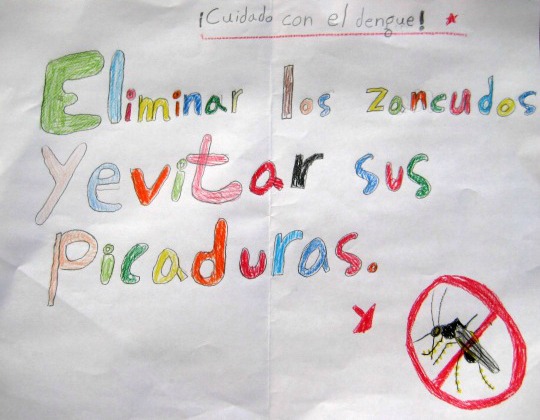
A public service announcement/assignment in Eli’s class aimed at preventing dengue fever, a serious (and common) tropical disease, “Eliminate mosquitos and avoid their bites.”
- Everything is alive. There are any number of creatures/transmittable diseases that can seriously screw you up if you are one of the chosen few. We’ve already had a number of {interesting} experiences with biting flies, at least six species of ants, maggots, sand fleas, ticks, lice and something known as a Mexican Whip Scorpian which you might want to google just for kicks (it was in my bathroom). I’ll save all that Hunter has seen in the jungle for another post!
- Those mamas have it hard. It’s a good thing they have each other, because I’m not sure they could carry their everyday burdens alone. It’s difficult for me to watch and not want to make friends, but the socio-economic divide necessitates that I be careful about how I go about this and I’ve already learned how complicated such relationships can become. (I’ll write more on this — I’m still sorting it).
- We are often spectators of their merriment, not participants. Though we will seek and find opportunities to get involved locally, we may always be seen as outsiders.
- The locals aren’t all happy we’re here. Peoples’ perceptions of us because we are gringos come largely from American TV (so real) and the experiences they have had with entitled (asshole) tourists. It can be hard to break through these barriers, but it is possible. For example, the security guard on our corner now smiles at me in passing after she watched me chase my dog up and down the street and got a good laugh out of it, and a little old lady who had previously ignored my attempts to be to be neighborly had a total change in heart when she saw me raking carnival trash from the street with Estella. They just need to see that we are real, I suppose. It makes sense and I can’t say I blame them.
- The neighbor kids know we have a pool, but it wouldn’t be wise to begin inviting them over to swim. This makes for three lonely girls who sorely ache for our Austin neighbors, and who-knows-what kind of perception of us by the local kids. (This is one of the hardest, all around. If I listened only to my heart, our pool would be full of street kids and we’d be quickly taken advantage of.) It’s not a stereotype, it’s a reality where poverty meets perceived endless wealth.
- Our cars keep us separate. Even though we do walk and bike, we also drive and that sets us apart.
- There is no place to go in a hurry if you are unemployed, which makes the slow pace a little less dreamy and a little more real.
- Beauty is expendable if it puts food on the table. You do what you gotta do to feed your kids, even if it means degrading endangered resources and defacing natural wonders. It’s hard to watch and harder yet to remedy.
I’m always glad when I take time to document the beginning of new experiences such as this one both for a frame of reference and because of their sweetness in the whole of our story. And hard as it is, I have come to appreciate living where poverty and “affluence” aren’t segregated. It keeps my priorities in check, it’s never dull and the challenge is part of the charm.
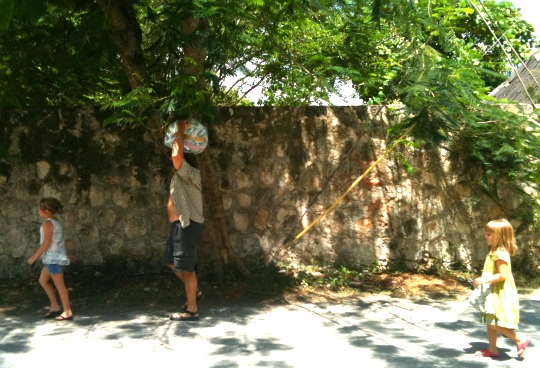
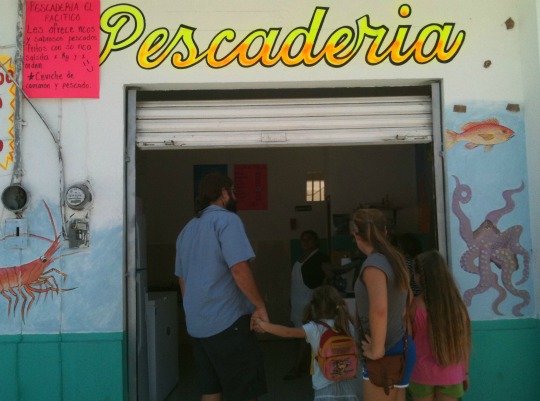
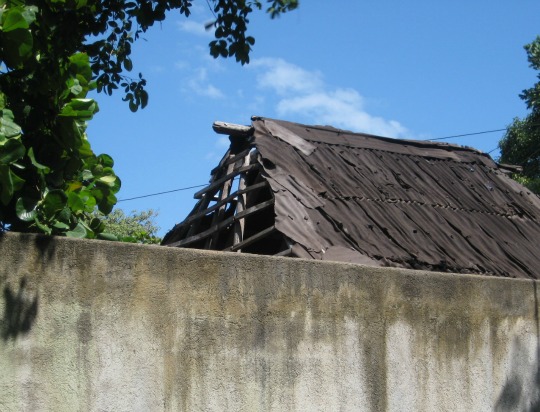
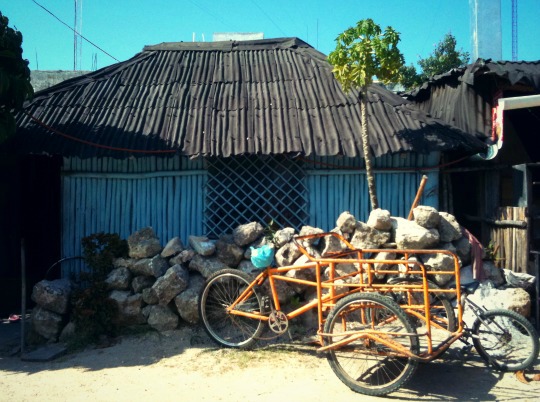
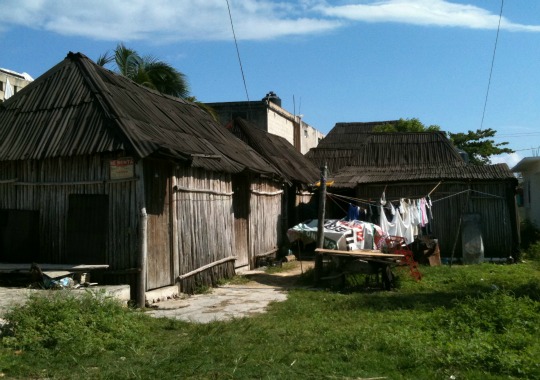
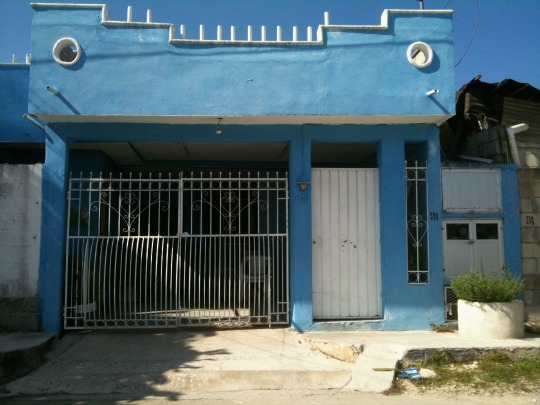
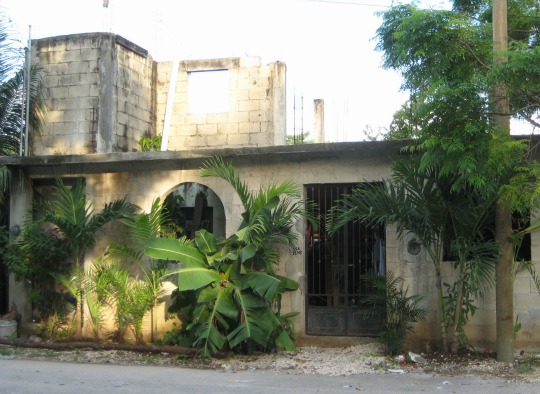
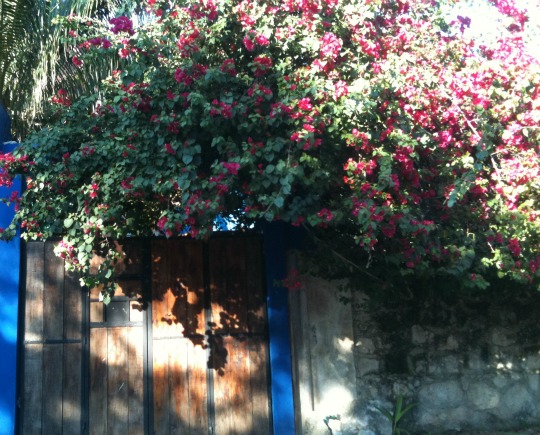

Oh dear god, I’m so glad that whip scorpion is harmless! It sure does look intimidating, though…shiver! Thanks for sharing your experiences with us all, Beth, as always 🙂
I know – had I found it pre-internet it certainly would have fooled me!!!
I love your hood and that it’s a 15 minute walk from your place to mine. Give us the word when the girls want to swim and we’ll be right over. But let’s wait for the piojo evacuation, no? I love reading your blog;)Peace sista’
I think the coast is clear of piojos, though I’m checking one last time tonight. I’m so glad to have met you and yours and look forward to much merriment and memory making!
Great to read this & see the pictures. It is amazing. I broke my toe in Tulum–skin diving–and there was NOTHING there but mostly hidden sea fortress. This was in the late 1960s, I think. A man saw what had happened to me, came up saying he was a medical man, and would take a look at my toe. When he had my foot in hand, he set my toe. Yiee! But we had come on a bus & had to stand on the highway and wait for another bus whenever it decided to come. There was not even a drink stand there. But quite a few Mexican nationals & a few international diving nuts like us.